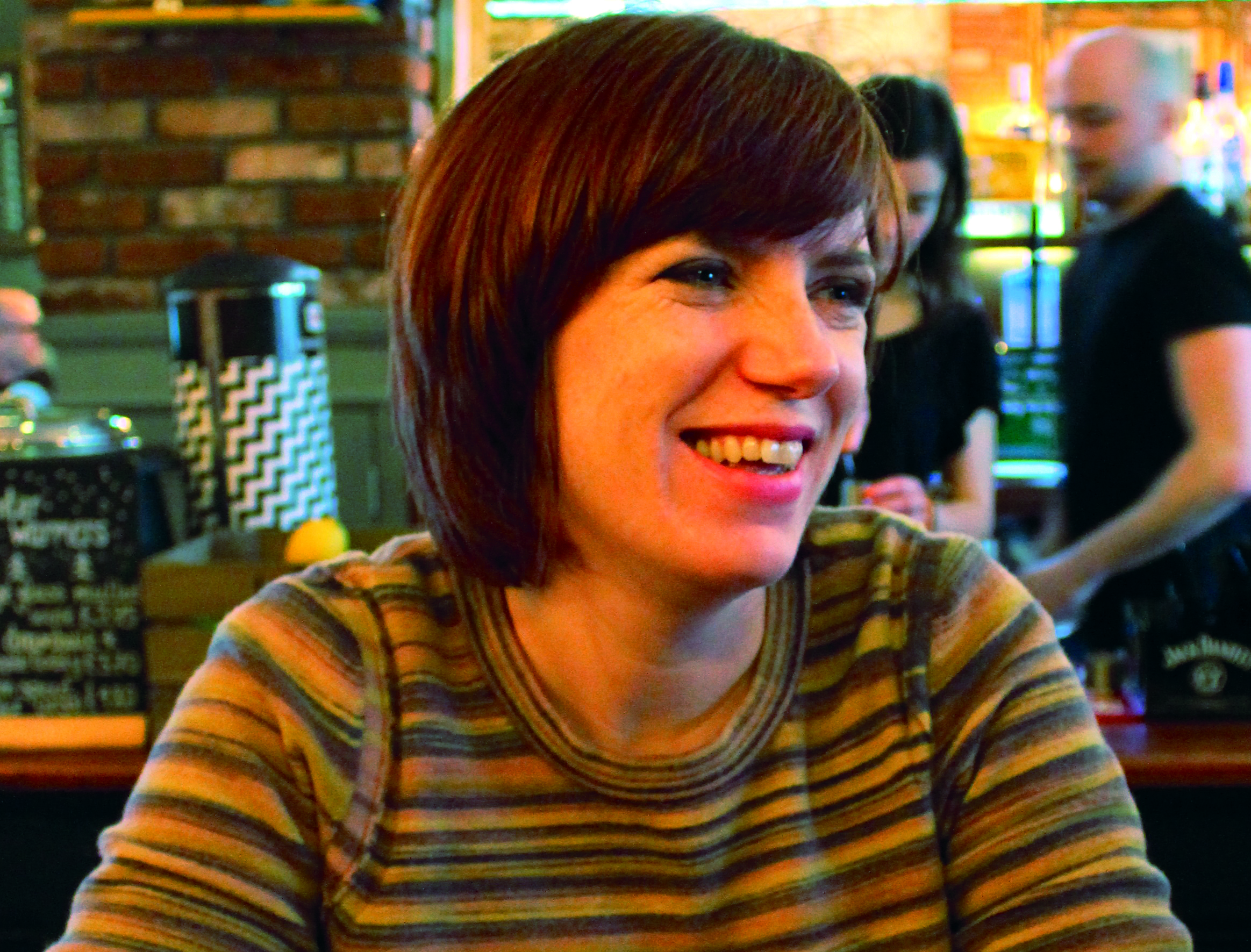Susan Smith is confused about what a modern charity is, which is why TFN is asking for your help working it out. Fill in this short TFN What is a Charity survey
“She never wanted the families to feel they were receiving charity”, read one of the entries for the Scottish Charity Awards 2018. The organisation it came from is a registered charity but is clearly hoping the people it helps won’t notice that.
As TFN gets set to investigate what a modern charity is, it occurse to me that as one of the three theological virtues alongside faith and hope, charity has some tricky connotations. It’s tied into an old fashioned Christian-based class system where the noble rich give to the needy poor – it’s patronising. It is also associated with a world of shabby second handness and beneficiary helplessness.
From a donor point of view though charity has a much more positive vibe. Givers get a little ego boost from identifying with as the noble rich and feeling they’ve come to the aid of those less fortunate than themselves.
For the average person in the street it’s all a bit confusing. Throughout our lives most of us will move between the roles of donor and recipient. Many reading this article will also experience what it’s like to be a volunteer or a staff member, which brings another set of associations – again not all of them good.
Into this murky world of good, bad and simply old fashioned, comes the legal definition of charity. The Scottish Charity Act of 2005 set out a definition of charity and created to the Office of the Scottish Charity Regulator (OSCR) to determine who gets to call themselves a charity and who doesn’t.
Donors, who aren’t that different from their Victorian counterparts and only really want to give their money to so-called deserving causes, can check the charity number to verify an organisation's identity and purpose. So far, so good.
But, over the last thirteen years, the world of social good has changed. Just this week research from Unity Trust Bank revealed that 22% of all UK businesses claim to have social or environmental objectives. This contrasts with a series of revelations about mismanagement and abusive behaviour amongst some of the UK’s formerly beloved charities.
Ongoing controversial issues like the role of charities in public services provision, the charitable status of private schools, public institutions like the National Library of Scotland, and council run services like leisure trusts, provide the embers that fuel explosions of scepticism in the charity brand when Oxfam style scandals come along.
Meanwhile, the shiny paragon of modern social good, the social enterprise has swaggered onto the scene in a big way over the last decade. In a shimmering gold jacket, arm in arm with Holywood stars, it promises to solve homelessness and end water poverty with innovation and hard graft. There’s nothing second hand about a Social Bite sandwich or a bottle of Belu Water, and they’re empowering people to change their own lives rather than offering handouts.
But are these social enterprises charities? If not, should they be?
Research from both OSCR and the Scottish Council for Voluntary Organisations over the last year actually shows continuing high levels of public trust in the charity brand. And public giving is holding up and not just amongst older people – last year Scots gave £813m to charity, according to the Charities Aid Foundation.
The reality is though that charities today are operating in a much harsher public funding climate while trying to maximise income from a combination of trading, fundraising and philanthropic trusts and foundations. Since 20015, we have moved further into a society in which charitable donations prop up public services in lieu of taxation – and this means public confidence in charitable organisations is paramount.
So, if what a modern charity is and should be is confusing to people working and volunteering in the third sector, then the general public must be completely lost. That’s why TFN is exploring this issue for our new print magazine, due out in August. We want to know what you think about what a modern charity is. Does charity need a rebrand? What should be in and what should be out? Tell us what you think by completing our very short survey.
Susan Smith is editor of Third Force News







